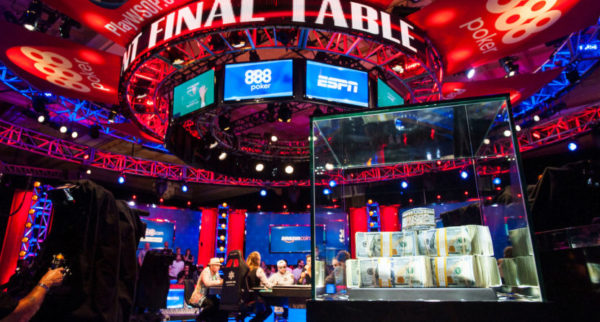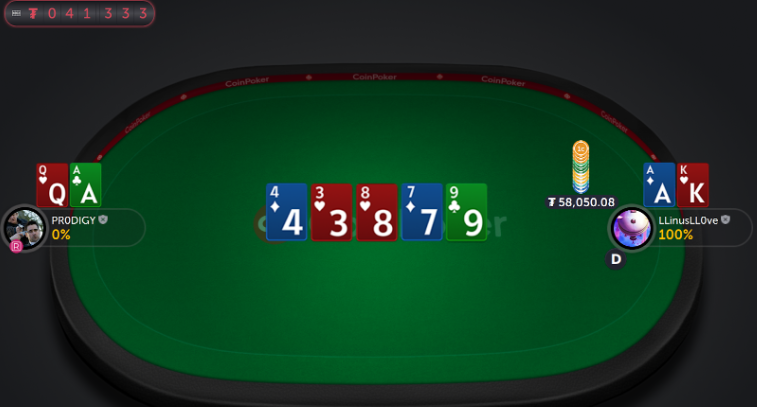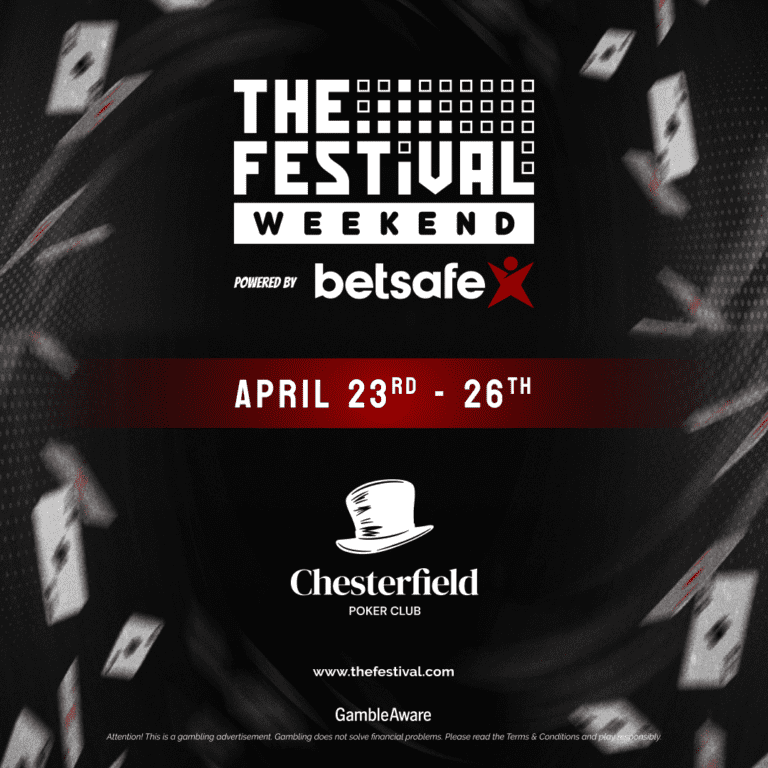For a number of years now, competitive poker play has been established as an exciting viewer spectacle, with tournaments broadcast and streamed the world over. The world’s best battling for big prize pools has proved to be compelling viewing for millions.
Adding to the excitement of the product — at least at the largest such events — is the presence of a live audience, who help to generate a tense atmosphere. At the World Series of Poker Main Event, friends and family of the final table competitors often cheer on their champion from the rail, with chants and audible gasps helping contribute to the tension.

Televised competitive poker also usually sees the players supplied with lapel microphones, offering an up-close insight into the mental battles being waged. Strategically positioned cameras also provide views of the action that the players don’t get, while on-screen graphics provide an at-a-glance perspective of the drama unfolding.
Added together, it’s easy to see why competitive poker play has become such a must-watch product, and the growth of poker as a viewer product has helped pave the way for other non-traditional sports to make similar inroads. In this article we will explore how it has helped lay the foundations for the esports boom.
Competitive Poker Meets Competitive Gaming At This Year’s WSOP https://t.co/EH7waZwmAH pic.twitter.com/2HA897KXSa
— John Palmer (@john_palmer006) May 13, 2018
Gaming transformed
It’s fair to say that the rise of esports has had a bigger impact on the gaming industry than organized leagues have on the game of poker. Although competitive video game tournaments have been contested for around 30 years, it’s only during the last 10 that the potential of the industry has been realized.
Advanced shoot-em-up, battle area and strategy titles have spawned huge communities of competitive players, with leagues, tournaments and exhibitions contested all year round. The prizes at stake have grown, while the players, teams and events have quickly grown to attract major commercial backing.
Poker has helped lay the groundwork by demonstrating that sport need not feature physically conditioned players and frequent feats of athleticism and strength in order to be entertaining. Of course, the mental battle between athletes across all sports is a part of the product, but few showcase this aspect as well as competitive poker play, and esports has been able to build on this.
Going mainstream
As well as being able to attract commercial backing from major sponsors, poker and esports leagues have also succeeded in engaging with other industries typically associated with competitive sport. One prominent example here is the online betting marketplace, which has traditionally offered players the chance to play their favorite casino games and place wagers on traditional sports on like football, rugby and cricket.
As they grew in popularity, competitive poker leagues quickly became a feature of these platforms, which has once again helped pave the way for esports. Today, a huge range of betting markets are available to players ahead of the biggest esports events, to the extent that many websites offer specialized esports betting experiences.
Chewing gum brand Stimorol is the latest sponsor to join @BLASTPremier‘s commercial portfolio ahead of the BLAST Premier Fall Final.
“We are very excited to connect and engage with the huge fan base of BLAST.”https://t.co/DjQ0g9raiX pic.twitter.com/JOpmabYhVj
— Esports Insider (@esportsinsider) November 9, 2020
Whether it’s broadcast deals, commercial backing or engagement with the online betting industry, it’s clear to see that competitive poker tournaments have helped lay the groundwork for esports to grow in stature and become one of the world’s most popular forms of entertainment.







